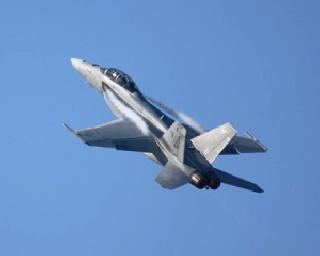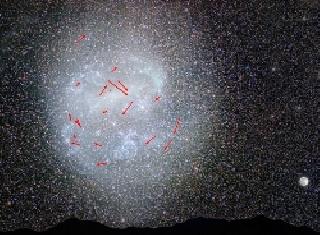
F/A-18 Super Hornet aircraft. A Boeing photo
ST. LOUIS (BNS): For the first time, the U S Navy has tested the Infrared Search and Track (IRST) sensor that will find hard-to-detect targets over long distances, on a Boeing F/A-18 Super Hornet aircraft.
Boeing and Lockheed Martin are developing and integrating IRST, an essential upgrade to the combat capability of the Navy's Super Hornets.
The IRST system is being developed under a $135 million contract awarded in 2011 and is currently planned to be deployed by 2017.
The technology was initially tested last year on a Boeing King Air test aircraft, which helped reduce costs by advancing the technology before installation on Super Hornets.
"Adding an advanced infrared sensor to the Super Hornet broadens the Navy's warfighting ability," Navy F/A-18 Programme Manager Capt. Frank Morley said.
"Combined with the Super Hornet's advanced radar and the Growler's electronic attack radar jamming ability, IRST will allow the fleet to dominate the skies in all threat environments."
"We continually evolve the aircraft to outpace future adversaries," said Tim Adrian, IRST F/A-18 programme manager. "When radar isn't an option, this upgrade allows operators to locate targets and deploy the best weapon for the mission."
The combat-proven Super Hornet provides air dominance and precision strike capability. The EA-18G Growler, derived from the Super Hornet, is the United States' newest and most advanced airborne electronic attack platform. The Navy plans to fly these aircraft until about 2040.
 Previous Article
Previous Article Next Article
Next Article













The Indian Air Force, in its flight trials evaluation report submitted before the Defence Ministry l..
view articleAn insight into the Medium Multi-Role Combat Aircraft competition...
view articleSky enthusiasts can now spot the International Space Station (ISS) commanded by Indian-American astr..
view article